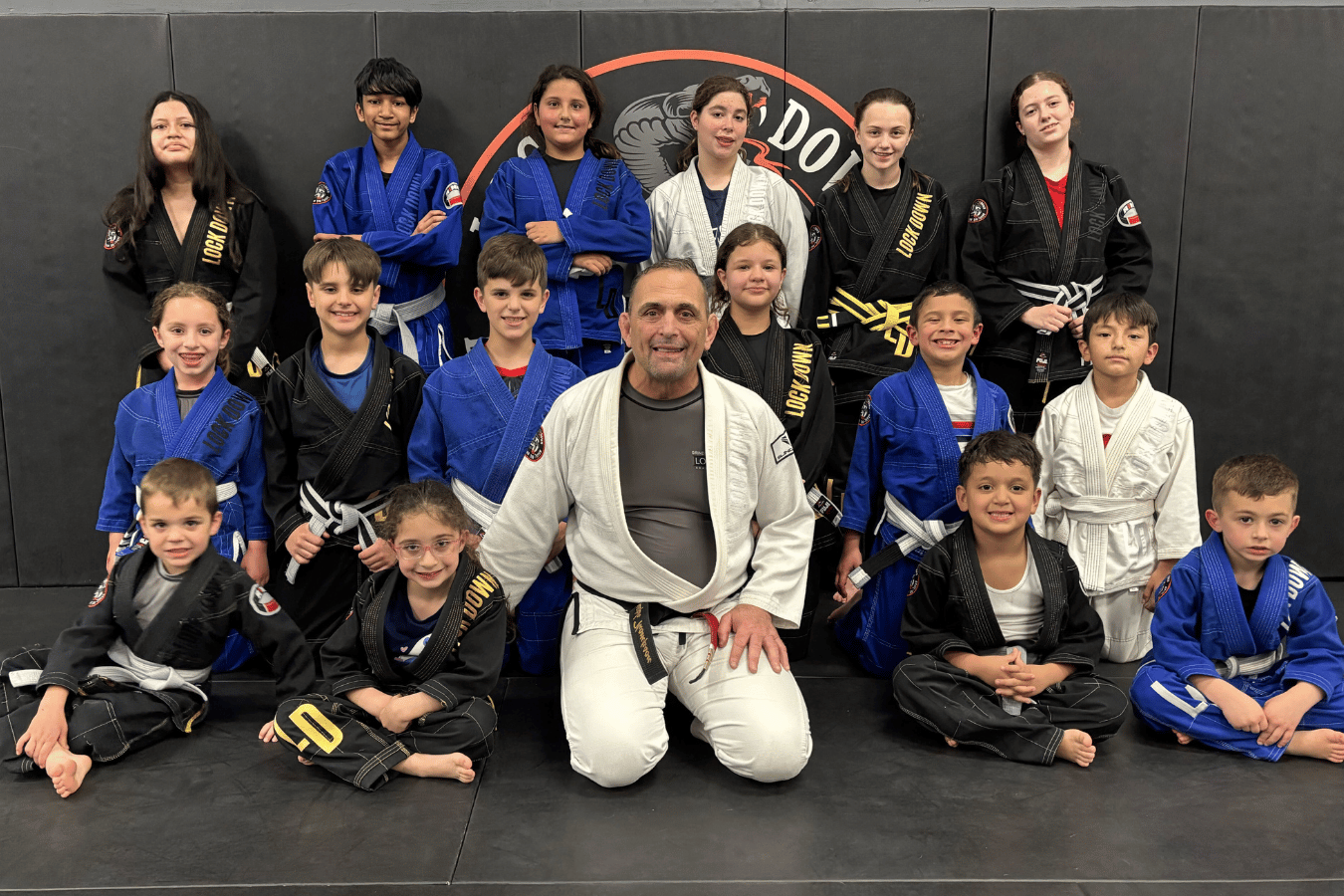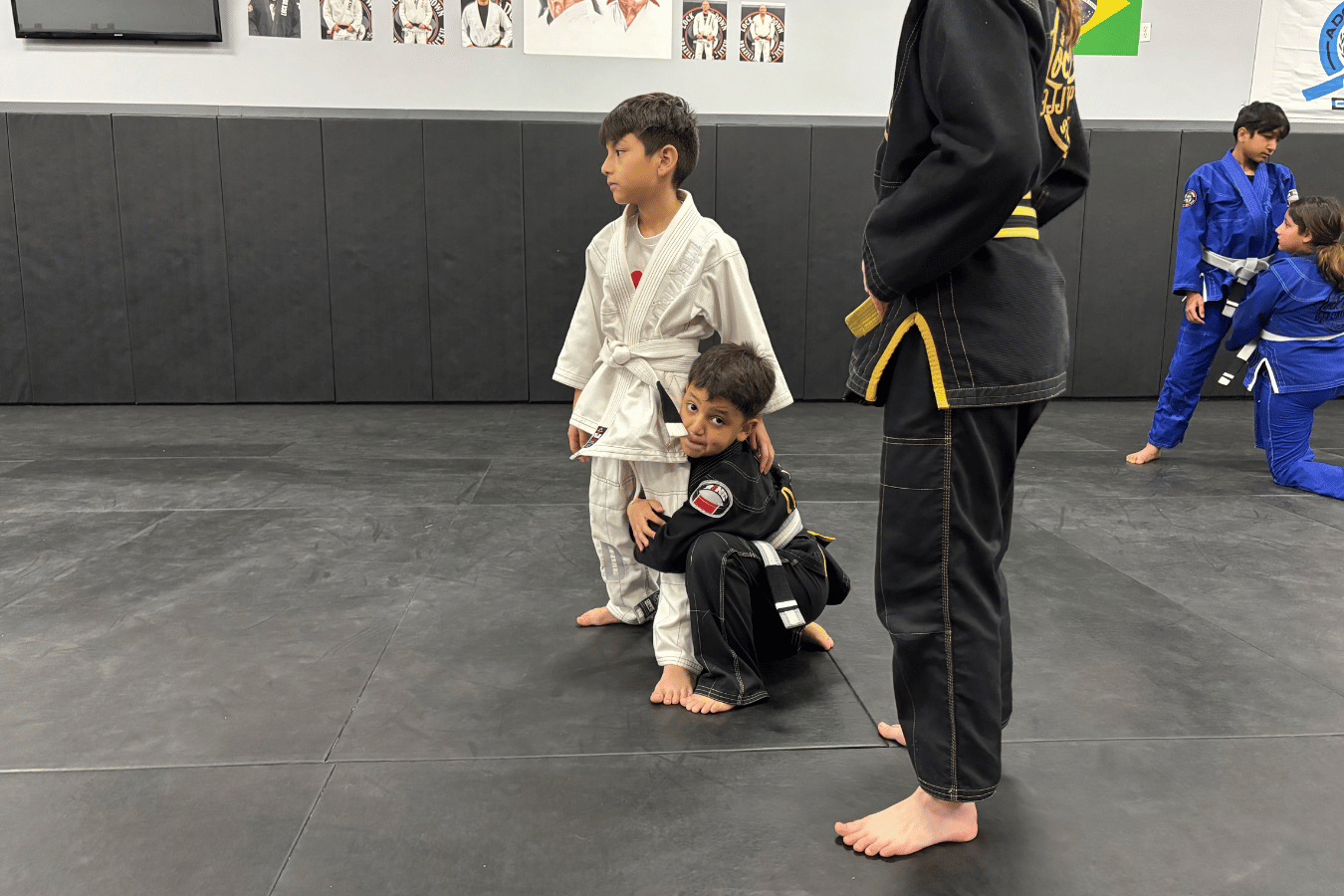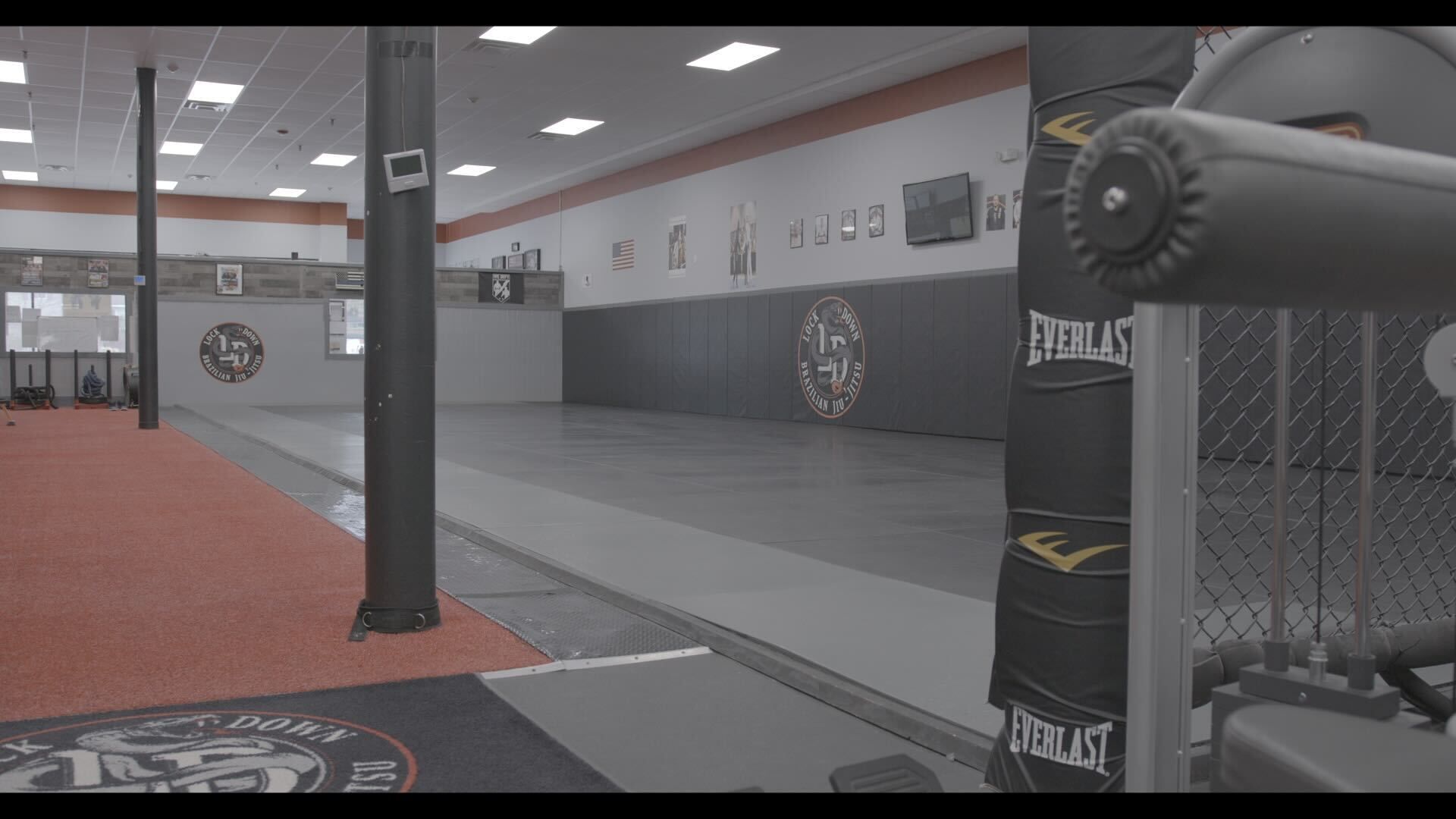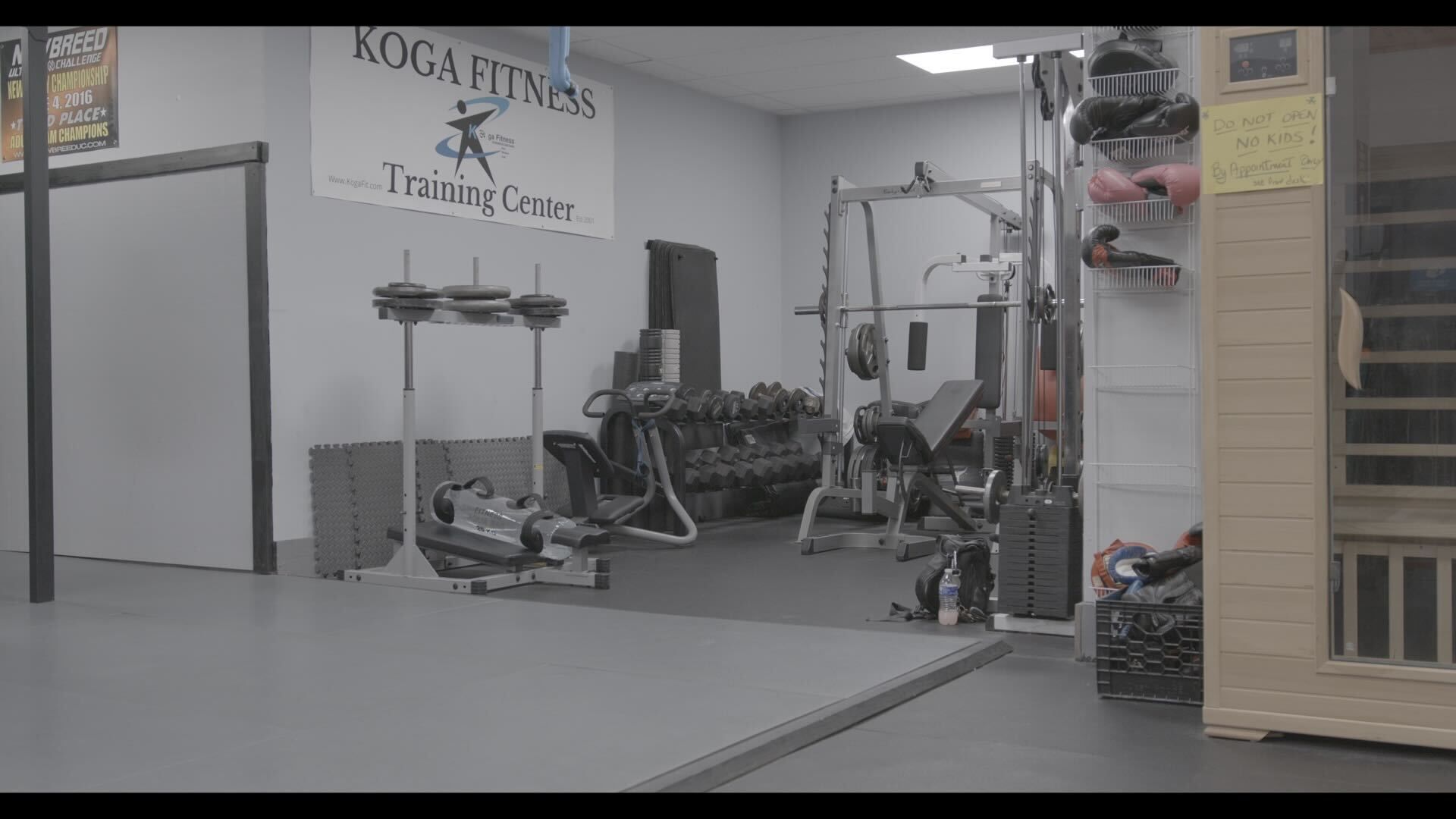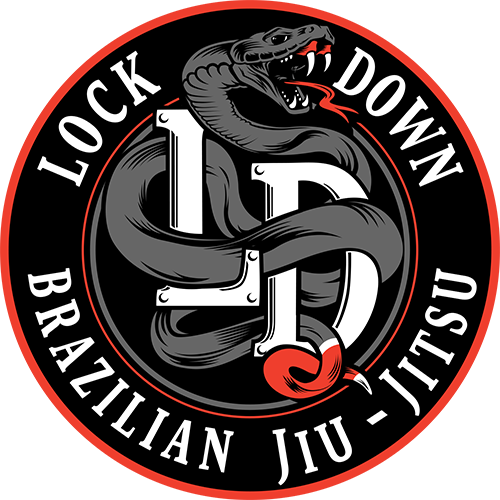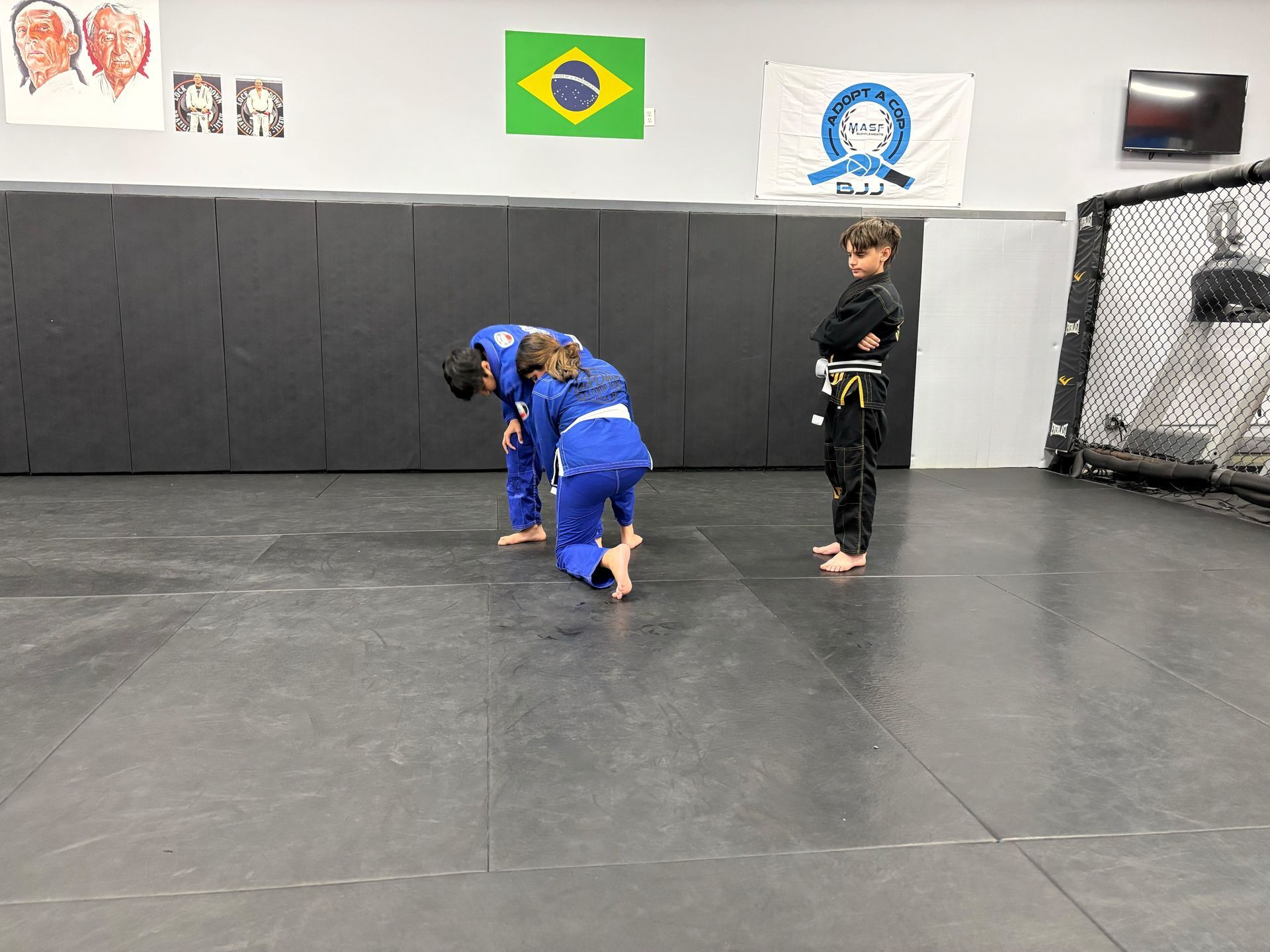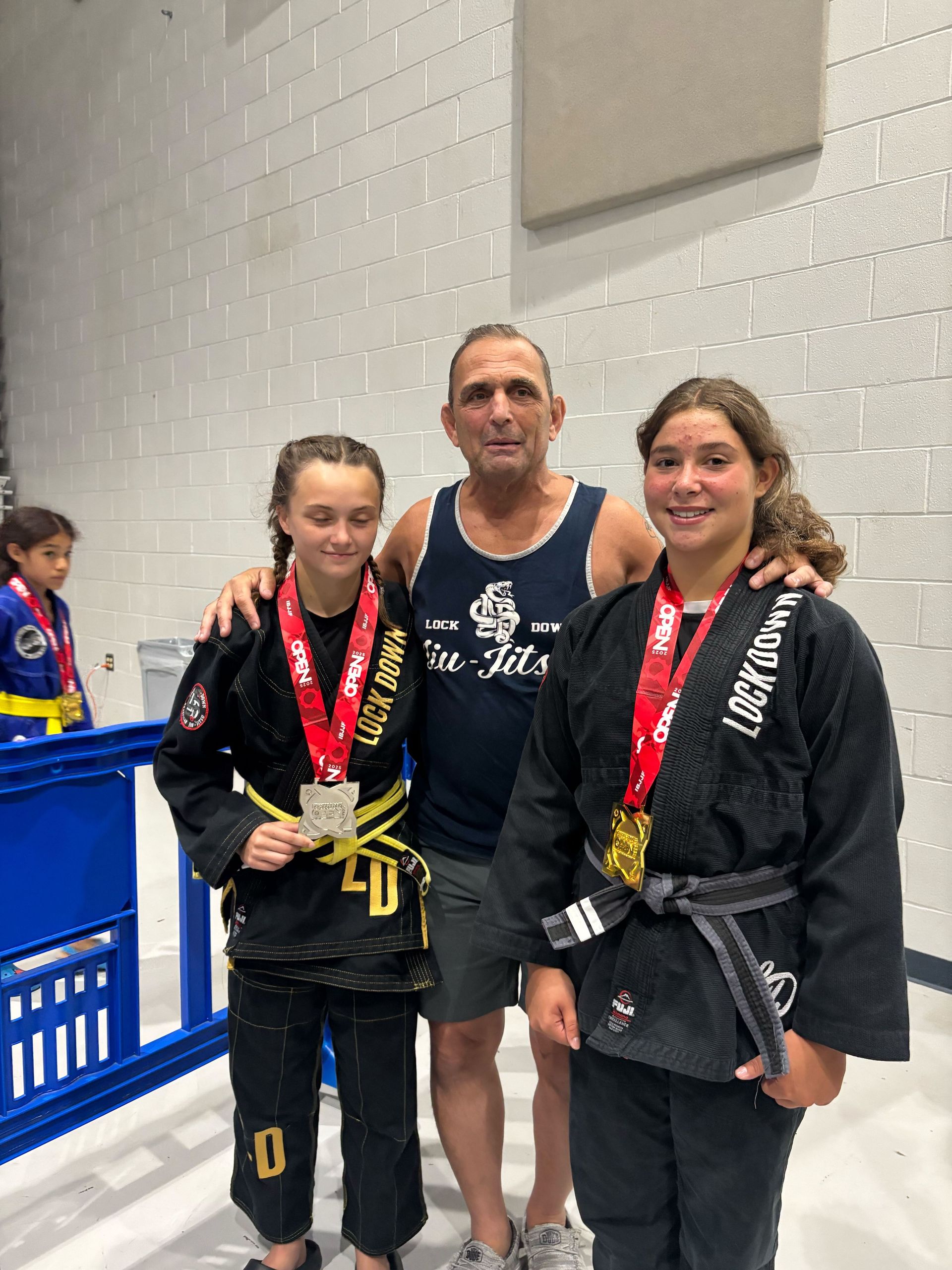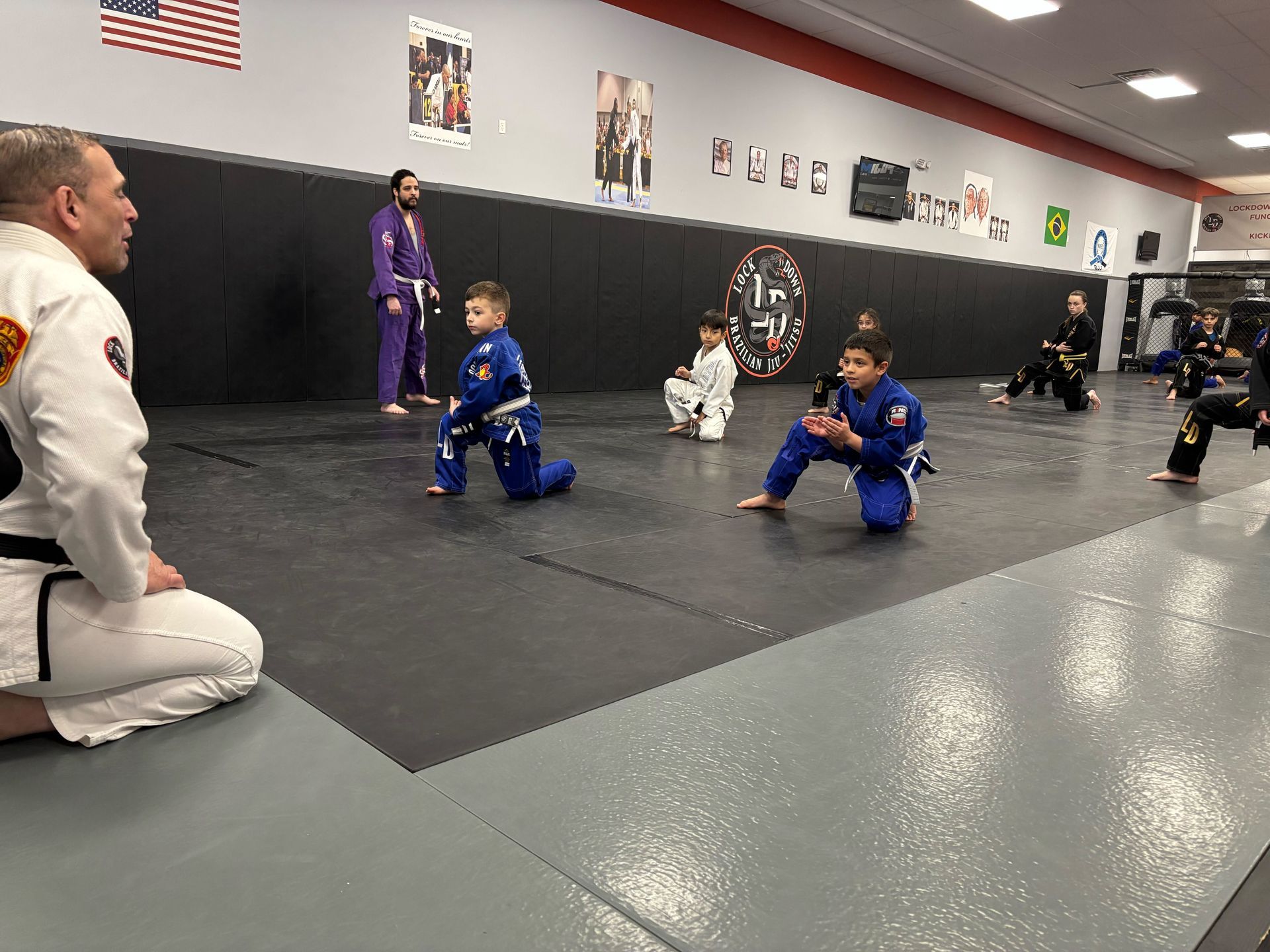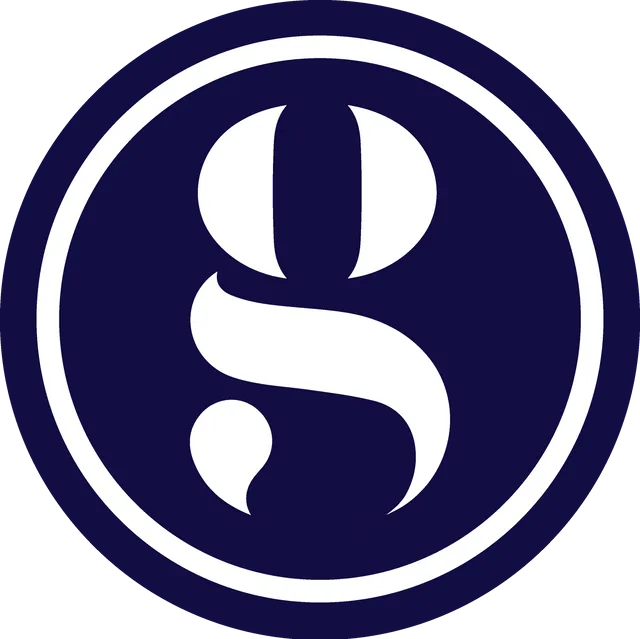Martial arts is more than just physical combat; it's a journey that develops discipline, focus, and character.
Choosing the right martial art is crucial for aligning this journey with your personality. While some people prefer fast-paced, high-energy disciplines, others might be drawn to martial arts that focus on mindfulness and calm movements. So, how do you choose the best martial art for your unique personality?
What Makes Martial Arts Unique?
Martial arts have a long history and tradition, with each style offering distinct philosophies, techniques, and purposes. From aggressive striking styles to meditative internal arts, martial disciplines cater to a wide range of preferences. Whether your goal is self-defense, competition, or personal growth, martial arts offer something for everyone.
Understanding the Connection Between Personality and Martial Arts
Your personality greatly influences the way you learn and practice martial arts. Some people thrive in competitive environments where adrenaline runs high, while others excel in disciplines that require deep focus and calm concentration. Understanding your personality traits can help guide you toward the martial art that resonates with your mindset and goals.
The Importance of Choosing the Right Martial Art
Why It’s Crucial to Find the Right Fit for Your Personality
When you choose a martial art aligned with your personality, you’re more likely to enjoy the practice, stay committed, and achieve your goals. The wrong fit, however, can lead to frustration, burnout, and a lack of progress.
For instance, an introverted individual may find a quiet, contemplative art like Tai Chi more rewarding than an intense, aggressive discipline like Muay Thai. On the other hand, someone with a high-energy, extroverted personality may thrive in fast-paced environments like MMA or boxing.
Long-Term Benefits of Practicing a Martial Art Suited to You
Selecting a martial art that complements your personality not only makes training more enjoyable but also brings long-term benefits. It promotes mental well-being, physical fitness, and a deeper connection to the art's philosophy. Over time, you'll cultivate skills and attributes that enhance your personal growth, both in and out of the dojo or gym.
Identifying Your Personality Type
Personality Assessments: Introvert, Extrovert, or Ambivert
Before diving into specific martial arts, it’s essential to understand your core personality type. Are you an introvert who prefers quiet reflection and solitary activities, or are you an extrovert who thrives in social, high-energy situations? Perhaps you're an ambivert, falling somewhere in between.
How Different Personality Traits Affect Learning Styles in Martial Arts
Your personality type can influence how you learn and engage with martial arts. For instance:
- Introverts may prefer slower-paced arts that allow for quiet introspection.
- Extroverts might enjoy more dynamic arts that emphasize social interaction and competitive sparring.
- Ambiverts could find balance in a combination of both, enjoying elements of focus and adrenaline.
Key Martial Arts Styles: An Overview
Traditional Martial Arts: Karate, Taekwondo, Judo
Traditional styles focus heavily on discipline, form, and respect. They often include rituals and structured learning environments that appeal to those seeking a balance between physical challenge and mental training.
Mixed Martial Arts (MMA): A Blend of Disciplines
MMA is a hybrid combat sport incorporating elements of striking, grappling, and ground fighting from various martial arts. It’s suited for individuals who enjoy a mix of techniques and a dynamic, competitive environment.
Grappling Arts: Brazilian Jiu-Jitsu, Wrestling, Sambo
Grappling-based arts emphasize control, leverage, and submissions. They appeal to analytical thinkers who enjoy problem-solving and a slower, more strategic pace of combat.
Striking Arts: Muay Thai, Boxing, Kickboxing
These arts focus on delivering powerful strikes with fists, elbows, knees, and legs. They’re ideal for individuals who love high-energy workouts and direct confrontation.
Internal Martial Arts: Tai Chi, Aikido, Hapkido
Internal martial arts focus on controlling internal energy (chi) and using an opponent's energy against them. These arts suit individuals seeking a calm, meditative approach to combat.
Martial Arts for Introverted Personalities
The Calm and Controlled Approach: Brazilian Jiu-Jitsu and Judo
Brazilian Jiu-Jitsu (BJJ) and Judo focus on leverage, technique, and patience, which align well with introverted personalities. The strategic nature of these arts allows introverts to develop skills without relying on brute strength or aggression.
Focus on Internal Power: Tai Chi and Aikido
Tai Chi and Aikido offer introverts a peaceful, flowing approach to martial arts. Both emphasize internal strength and balance, promoting a meditative experience while still providing effective self-defense techniques.
Martial Arts for Extroverted Personalities
High-Energy and Dynamic: Muay Thai and Taekwondo
Extroverts, who thrive in energetic and fast-paced environments, may find martial arts like Muay Thai and Taekwondo particularly satisfying. Both styles are intense and involve frequent sparring, which provides a social and competitive atmosphere.
Competitive and Fast-Paced: Boxing and MMA
For extroverts who love competition, boxing and MMA offer the thrill of constant movement and direct engagement with opponents. These sports are physically demanding and often include high-energy training sessions.
Martial Arts for Analytical Thinkers
Strategic and Technique-Oriented: Brazilian Jiu-Jitsu and Judo
Analytical thinkers thrive in martial arts that require strategy, careful planning, and the application of technique over brute force. Brazilian Jiu-Jitsu (BJJ) and Judo, for instance, are built on the idea of using leverage and timing to overcome opponents. BJJ, in particular, is often referred to as "human chess," where each move opens up new possibilities and the smallest error can lead to defeat. Judo, with its focus on throws and control, teaches practitioners to be precise, calculating the most effective moment to execute a technique.
For an analytical mind, the joy lies in mastering complex movements, breaking down problems into smaller components, and then applying that knowledge in real-time during sparring or competition. These martial arts allow for continuous learning and refinement, making them a perfect fit for individuals who enjoy solving puzzles and working through challenges methodically.
Complex and Mindful Movements: Aikido and Kung Fu
Aikido and Kung Fu are also excellent choices for those who enjoy thinking deeply about movements, principles, and techniques. Aikido emphasizes using the opponent’s energy against them, often in the form of locks and throws that require precision and an understanding of body mechanics. Kung Fu, which incorporates a wide variety of movements and forms, also offers an intricate learning process for those who enjoy mastering detailed techniques.
Both arts have philosophical underpinnings that resonate with people who like to analyze and explore the mental side of martial arts. Practitioners not only focus on physical techniques but also delve into the underlying principles of harmony, balance, and energy flow.
Martial Arts for Physically Active Individuals
Full-Body Workouts: Muay Thai and MMA
If you're already physically active and looking for a martial art that pushes your endurance and strength to the next level, Muay Thai and MMA (Mixed Martial Arts) are excellent options. Muay Thai is known as the "art of eight limbs" because it involves striking with fists, elbows, knees, and shins, making it one of the most physically demanding martial arts. The rigorous conditioning and intense sparring sessions in Muay Thai provide a full-body workout that improves strength, agility, and cardiovascular fitness.
MMA combines various martial arts styles, including striking and grappling, offering a well-rounded, physically challenging experience. The combination of stand-up fighting, clinch work, and ground fighting ensures that MMA practitioners are constantly testing and improving their physical abilities.
Strength-Based Training: Wrestling and Kickboxing
For individuals who want to build strength through martial arts, wrestling and kickboxing are ideal choices. Wrestling focuses on grappling techniques that require intense physical strength and endurance, especially in controlling or pinning an opponent. This makes it an excellent choice for those who thrive in physically demanding situations.
Kickboxing, on the other hand, is a high-intensity sport that combines powerful kicks and punches. It provides a full-body workout while also building strength, stamina, and coordination. Both styles are perfect for individuals who love high-energy, strength-based training.
Martial Arts for Calm and Focused Individuals
The Art of Precision: Karate and Tai Chi
Calm and focused individuals often excel in martial arts that require precision and control. Karate, with its emphasis on striking techniques and kata (prearranged forms), teaches practitioners to focus their energy on exact movements, aiming for precision rather than brute force. Each movement in Karate is deliberate, and it requires deep concentration and discipline, making it suitable for those who value calm, focused training.
Tai Chi, often considered more of an internal martial art, focuses on slow, controlled movements that promote balance, focus, and inner calm. While it’s often practiced for its health benefits, Tai Chi is also a highly effective martial art that emphasizes the flow of energy (chi) and precise body alignment. For calm individuals, Tai Chi offers a meditative experience while still teaching effective self-defense techniques through slow, deliberate movements.
Meditation in Motion: Aikido and Hapkido
Both Aikido and Hapkido are martial arts that integrate fluid movements and an emphasis on balance and control, making them ideal for individuals who appreciate a calm approach to self-defense. Aikido, with its principle of non-aggression, focuses on harmonizing with an attacker’s energy rather than meeting force with force. Practitioners learn to redirect their opponent’s movements using flowing techniques, allowing them to maintain calm and focus even in high-pressure situations.
Hapkido incorporates similar principles but is more practical and combat-oriented, using strikes, joint locks, and throws. Both arts require the practitioner to stay calm under pressure, making them well-suited for individuals who value mindfulness and control.
Personality-Based Martial Arts Training Goals
Self-Defense Oriented Martial Arts: Krav Maga and Jiu-Jitsu
If your primary goal is self-defense, martial arts like Krav Maga and Brazilian Jiu-Jitsu (BJJ) are highly effective. Krav Maga is a no-nonsense martial art that was developed for the Israeli military. It focuses on real-world self-defense situations, teaching practitioners to neutralize threats quickly and efficiently. Krav Maga appeals to individuals who prioritize practical self-defense skills over tradition or formality.
BJJ is another great choice for self-defense, particularly in situations where an opponent may take you to the ground. BJJ teaches how to control and submit opponents using joint locks and chokes, which can be particularly useful in real-world scenarios where size and strength differences come into play.
Discipline and Mental Focus: Karate and Kung Fu
For those who seek mental discipline and a greater sense of self-awareness, Karate and Kung Fu provide a structured path. Both arts emphasize respect, discipline, and personal growth, with rigorous training that sharpens mental focus. Karate’s structured progression through belts and forms helps practitioners develop not only physical skills but also the mental fortitude needed to achieve mastery.
Kung Fu, with its rich history and philosophical roots, encourages practitioners to cultivate patience, humility, and inner strength, while also improving their physical abilities. The dedication required in these martial arts can greatly benefit those seeking a long-term discipline that nurtures both mind and body.
Competition-Based Martial Arts: Boxing, Taekwondo, and MMA
If competition is a driving factor for you, martial arts like Boxing, Taekwondo, and MMA provide plenty of opportunities to test your skills in a competitive setting. Boxing offers a straightforward, high-intensity combat sport where quick reflexes and sharp technique are key. For those who enjoy testing themselves in a one-on-one setting, boxing provides an immediate outlet for competition.
Taekwondo, with its emphasis on speed and kicking techniques, is another popular choice for competitive martial artists. It’s an Olympic sport with a strong focus on point-based sparring, appealing to individuals who enjoy setting and achieving goals through competition.
MMA offers a mix of striking and grappling in a competitive arena, making it a perfect choice for those who want to test their skills across multiple disciplines. MMA competitions provide a fast-paced, high-stakes environment that appeals to individuals with a competitive spirit.
Lifestyle Considerations When Choosing a Martial Art
Time Commitment and Intensity Level
Before choosing a martial art, consider how much time you can realistically dedicate to training. Martial arts like MMA, Muay Thai, and Brazilian Jiu-Jitsu require a high level of commitment, with multiple training sessions per week often necessary to make significant progress. In contrast, arts like Tai Chi or Aikido may have a gentler learning curve and allow for more flexible training schedules.
Also, consider the intensity level. Some martial arts, such as Krav Maga or Muay Thai, are physically demanding and may not be suitable if you’re looking for a less intense workout. Meanwhile, arts like Tai Chi provide a more relaxed approach to physical activity while still offering martial benefits.
Training Environment: Traditional Dojo vs. Modern Gym
The training environment can also be a deciding factor. Traditional martial arts like Karate or Kung Fu are often taught in dojos that emphasize rituals, discipline, and respect. These environments are ideal for individuals seeking structure and a connection to the philosophical aspects of martial arts.
On the other hand, modern martial arts like MMA or Boxing are often taught in gyms with a more casual, fitness-oriented atmosphere. If you’re looking for a high-energy, competitive environment, a modern gym may be a better fit.
Cultural and Philosophical Influences
Martial Arts with a Strong Philosophical Base: Kung Fu and Tai Chi
Many martial arts are deeply rooted in philosophy and culture. Kung Fu and Tai Chi, for example, come from ancient Chinese traditions that focus not only on physical prowess but also on the development of inner peace, balance, and moral integrity. These arts appeal to individuals who value the spiritual and philosophical aspects of martial arts as much as the physical training.
Martial Arts Focused on Practicality: Krav Maga and Boxing
In contrast, arts like Krav Maga and Boxing are more practical and less focused on philosophy. They are designed for real-world applications and prioritize efficiency and effectiveness. If you’re more interested in the practical side of martial arts and less concerned with tradition, these styles might be the right fit.
Combining Martial Arts Based on Your Personality
Cross-Training: How to Blend Styles for a Well-Rounded Approach
For some individuals, no single martial art may offer everything they’re looking for. Cross-training allows you to combine elements from different martial arts to create a well-rounded skill set that suits your personality. For instance, you could combine the strategic grappling of Brazilian Jiu-Jitsu with the striking skills of Muay Thai to be effective both on your feet and on the ground.
Understanding Which Elements of Different Arts Suit Your Personality
When cross-training, it’s important to understand which elements of different martial arts appeal to you. If you enjoy strategic thinking, you might gravitate toward grappling arts, while striking arts might be more enjoyable if you prefer high-intensity workouts. Combining styles can help you develop a balanced skill set that matches your personality and goals.
How to Start Your Martial Arts Journey
Finding a Dojo or Gym That Aligns with Your Personality
Once you’ve chosen a martial art that aligns with your personality, the next step is to find the right place to train. Research local dojos or gyms to find one that matches your goals and offers a supportive environment. Some facilities focus more on competition, while others emphasize personal growth and community.
Beginner-Friendly Martial Arts Styles
If you’re new to martial arts, it’s essential to choose a style that’s beginner-friendly. Arts like Karate, Taekwondo, and Brazilian Jiu-Jitsu often have structured programs designed for beginners, making it easier to learn at your own pace. These styles also typically offer belt systems that allow you to measure your progress over time.
FAQs on Choosing the Right Martial Art
What is the Best Martial Art for Self-Defense?
For self-defense, Krav Maga and Brazilian Jiu-Jitsu are considered among the best. Krav Maga is designed for real-world combat situations, while BJJ focuses on neutralizing opponents through control and submission techniques.
Can I Practice Multiple Martial Arts at Once?
Yes, many martial artists practice multiple disciplines to round out their skills. Cross-training allows you to learn different techniques and strategies, enhancing your overall effectiveness.
How Important is Personality in Choosing a Martial Art?
Personality plays a crucial role in martial arts because it affects how you learn, how you engage with training, and whether you'll enjoy and stick with the practice long-term.
What’s the Best Martial Art for Fitness?
Muay Thai and MMA are excellent for overall fitness due to their intense conditioning routines. Both martial arts provide full-body workouts that improve strength, endurance, and agility.
Is It Necessary to Compete in Martial Arts?
No, competition is not required in most martial arts. Many people practice martial arts for personal development, fitness, or self-defense without ever competing.
How Long Does It Take to Get Good at a Martial Art?
The time it takes to become proficient varies by discipline and individual dedication. On average, it takes several years of consistent training to achieve mastery in any martial art.
Final Thoughts
Choosing the right martial art is a deeply personal decision that should reflect your personality, goals, and lifestyle. Whether you’re seeking self-defense, physical fitness, or mental discipline, there’s a martial art that aligns with your individual needs. By understanding your strengths and preferences, you can find a practice that not only challenges you but also keeps you motivated for the long haul. Remember, the journey in martial arts is as important as the destination, and the right fit will ensure you enjoy every step of the way. No matter which path you choose, martial arts can be a lifelong tool for personal growth and empowerment.

